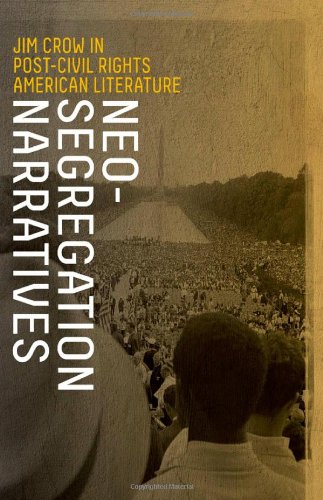

Most ebook files are in PDF format, so you can easily read them using various software such as Foxit Reader or directly on the Google Chrome browser.
Some ebook files are released by publishers in other formats such as .awz, .mobi, .epub, .fb2, etc. You may need to install specific software to read these formats on mobile/PC, such as Calibre.
Please read the tutorial at this link: https://ebookbell.com/faq
We offer FREE conversion to the popular formats you request; however, this may take some time. Therefore, right after payment, please email us, and we will try to provide the service as quickly as possible.
For some exceptional file formats or broken links (if any), please refrain from opening any disputes. Instead, email us first, and we will try to assist within a maximum of 6 hours.
EbookBell Team

4.0
86 reviewsNorman traces a neo–segregation narrative tradition—one that developed in tandem with neo–slave narratives—by which writers return to a moment of stark de jure segregation to address contemporary concerns about national identity and the persistence of racial divides. These writers upset dominant national narratives of achieved equality, portraying what are often more elusive racial divisions in what some would call a post-racial present.
Norman examines works by black writers such as Lorraine Hansberry, Toni Morrison, Alice Walker, David Bradley, Wesley Brown, Suzan-Lori Parks, and Colson Whitehead, films by Spike Lee, and other cultural works that engage in debates about gender, Black Power, blackface minstrelsy, literary history, and whiteness and ethnicity. Norman also shows that multiethnic writers such as Sherman Alexie and Tom Spanbauer use Jim Crow as a reference point, extending the tradition of William Faulkner’s representations of the segregated South and John Howard Griffin’s notorious account of crossing the color line from white to black in his 1961 work Black Like Me.